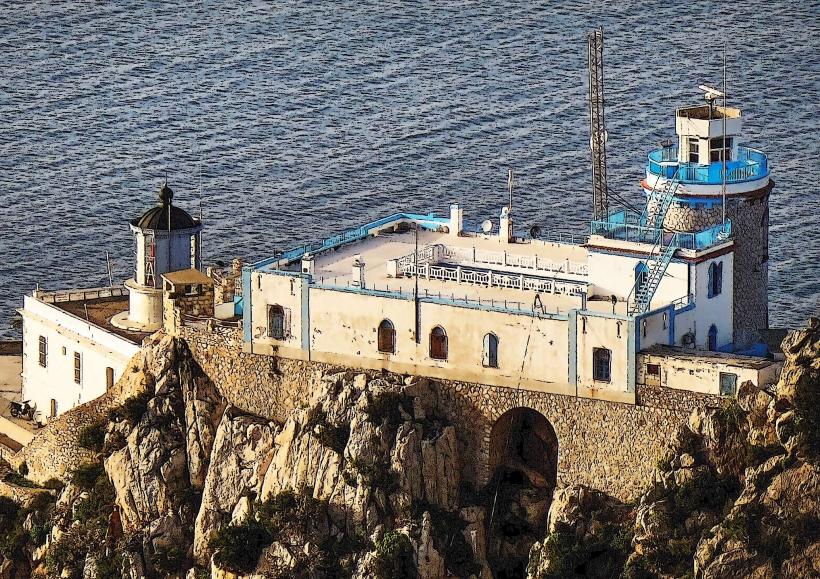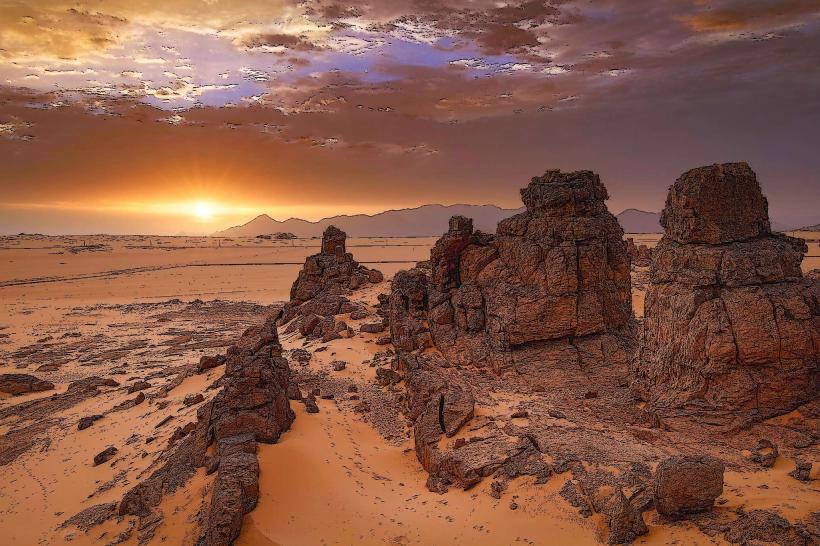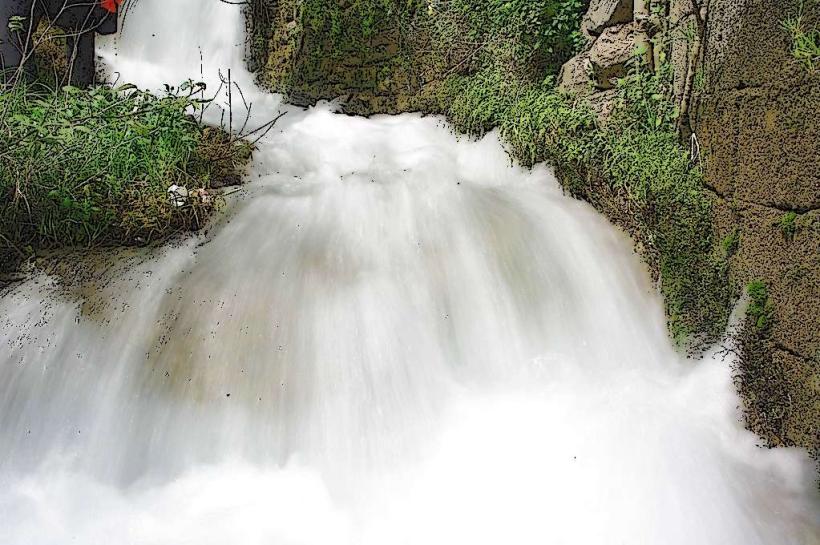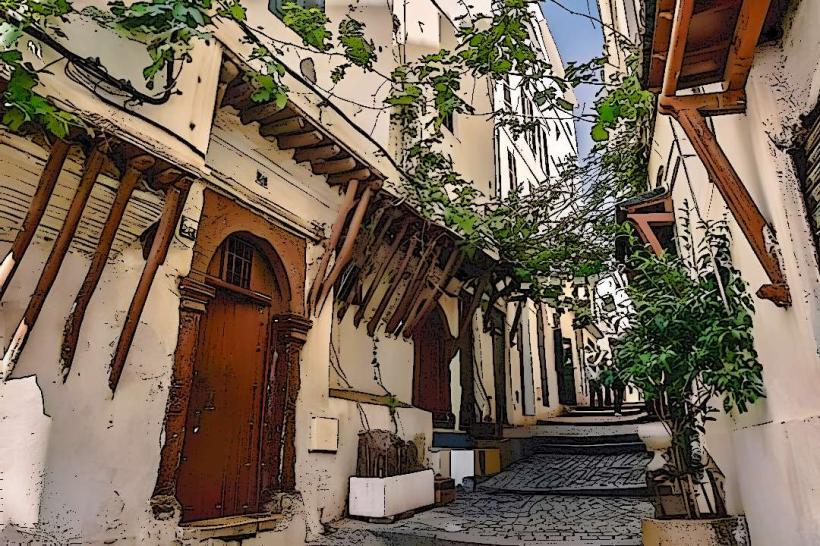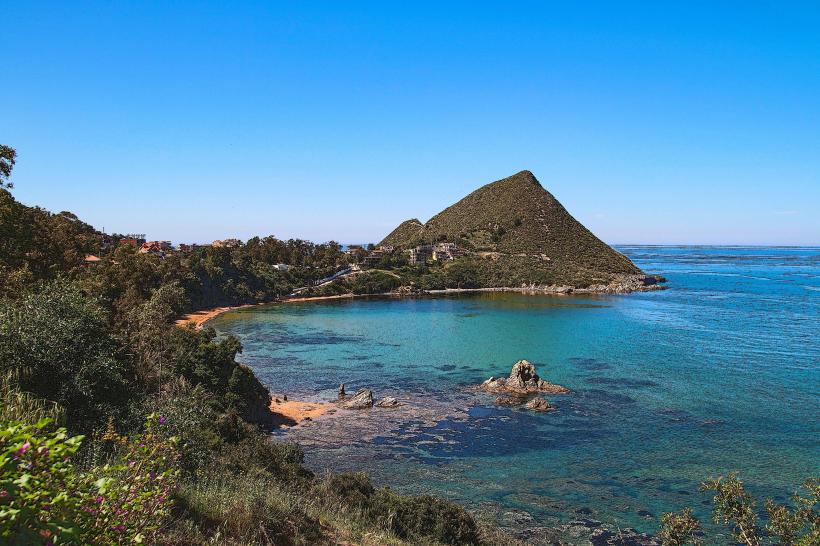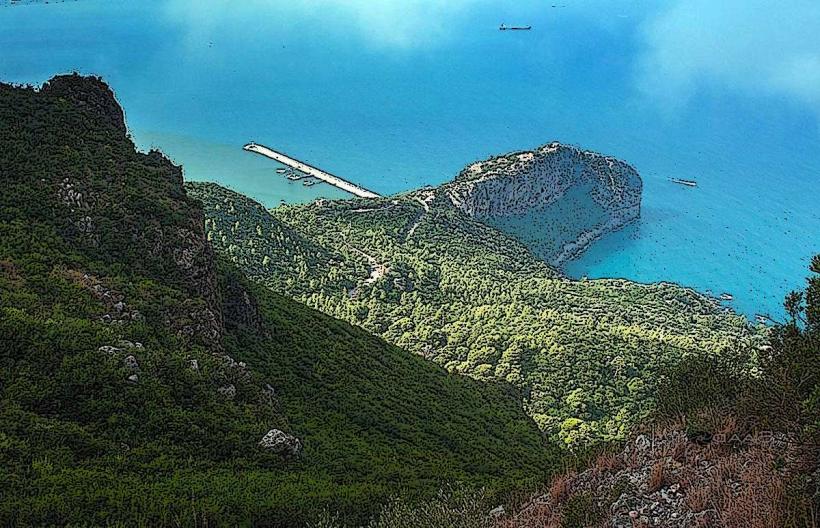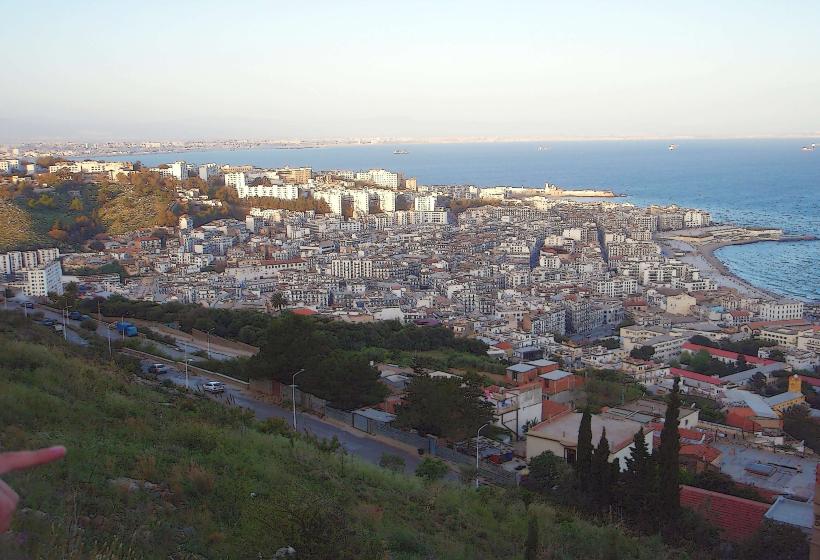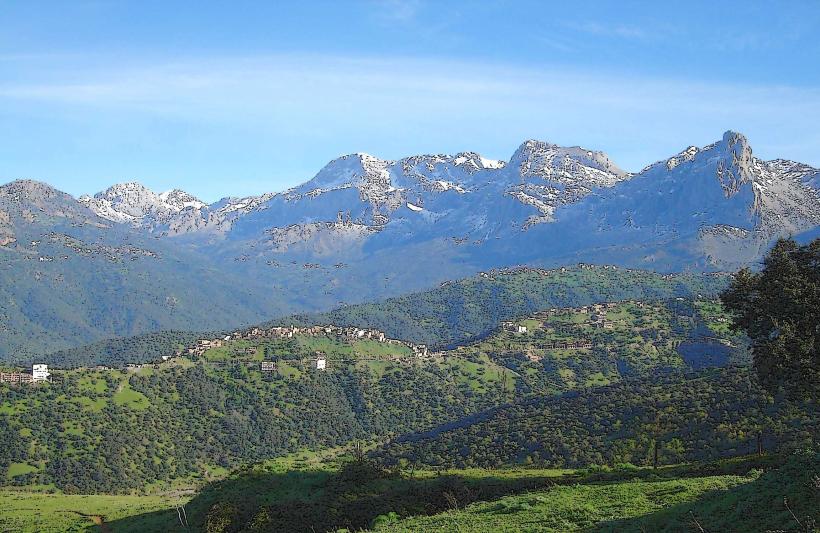Information
Landmark: Yemma GourayaCity: Bejaia
Country: Algeria
Continent: Africa
Yemma Gouraya, Bejaia, Algeria, Africa
Overview
Yemma Gouraya stands as a beloved symbol of Kabylie’s history and traditions, her name echoing through the mountain villages of northern Algeria, furthermore people often connect the name “Yemma Gouraya” (also spelled “Yema Gouraya”) with a legendary woman and the towering mountain that watches over the coastal city of Béjaïa.In Tamazight (Berber), the word “Yemma” means “mother,” a title spoken with warmth and deep respect, like calling to someone who’s always there at the doorway, in turn one.Yemma Gouraya lives on in Kabyle folklore as a legendary figure-part myth, part history-her name whispered like an historic story carried on the mountain wind, while people often depict her as a fierce, protective mother-sometimes even a queen or a battle-hardened warrior who once stood on the ramparts to defend her people.Stories about her run deep in Berber tradition, painting her as wise, unshakable, and a leader who could steady a crowd with just a glance, equally important many believe the legend tells of Yemma Gouraya as either a noblewoman or the steadfast guardian watching over Béjaïa’s rocky coast.As you can see, In some tellings, she fled into the mountain that now carries her name, hiding among its crisp stone halls-whether to outrun invading forces or to guard her people in a final act of devotion, consequently as the years passed, she came to embody a mother’s fierce protection, and even now, locals leave flowers at the spot where she once stood.Number two, along with yemma Gouraya is best known for Mount Gouraya, a 660‑meter peak rising above the Mediterranean city of Béjaïa, where the air smells faintly of salt and pine.The mountain lies within Gouraya National Park, a UNESCO biosphere reserve that shelters rich ecosystems-from dense cedar forests to sheer cliffs and the luminous, salt-scented waters below, along with perched atop Mount Gouraya, the Mausoleum of Yemma Gouraya rests quietly-a petite, weathered tomb said to hold the remains of the legendary woman.Many locals make the trip there, hoping for blessings and a bit of protection, often leaving a dazzling marigold at the gate, in addition people say she still keeps watch over Béjaïa from her mountain, eyes fixed on the rooftops far below.The mountain stands as both a cultural treasure and a natural icon, its slopes opening to dazzling views of the Mediterranean’s blue shimmer and the city spread out far below, as well as in the national park, you might spot the endangered Barbary macaque watching from a mossy branch, along with shining flashes of bird wings and a rich mix of native plants.Number three, plain and simple-a minute curve at the top, a straight line down, then another curve, like it’s leaning into its own shadow, while yemma Gouraya holds a special site in local life, woven into everyday traditions and heartfelt prayers whispered at dawn.Her story comes from before the rise of Islam, yet over the centuries she’s been honored much like an Islamic saint, her legacy weaving antique Berber beliefs with the quiet, rhythmic devotion of Sufi tradition, simultaneously crowds come to her mausoleum to pray, leave tiny offerings-like fresh flowers or candles-and ask for her help when life turns hard.Her influence reaches far past Béjaïa; in Berber culture, people honor strong female protectors much like her, women whose voices once carried over crowded marketplaces, then it shows how, throughout history, powerful women have shaped life in North African societies-queens, traders, and leaders whose influence still lingers like the scent of spices in a busy market, perhaps Number four, moreover today, Gouraya National Park and the rugged slopes of Mount Gouraya draw hikers, nature lovers, and visitors eager to explore Berber heritage.The site has winding trails, quiet spots with sweeping views, and plenty of chances to explore its wild landscapes and rich cultural history, consequently béjaïa draws travelers from all over Algeria and far beyond, with crumbling stone walls whispering its history and a coastline that glitters in the afternoon sun, relatively Even with modern life pressing in, Yemma Gouraya still stands as a proud emblem of who the people of Béjaïa are-and of the wider Kabylie region-its rocky slopes catching the first light of dawn, subsequently her legend lives on, whispered from one generation to the next, keeping Berber history and traditions alive like the scent of spice drifting through a desert market.
Author: Tourist Landmarks
Date: 2025-09-20

